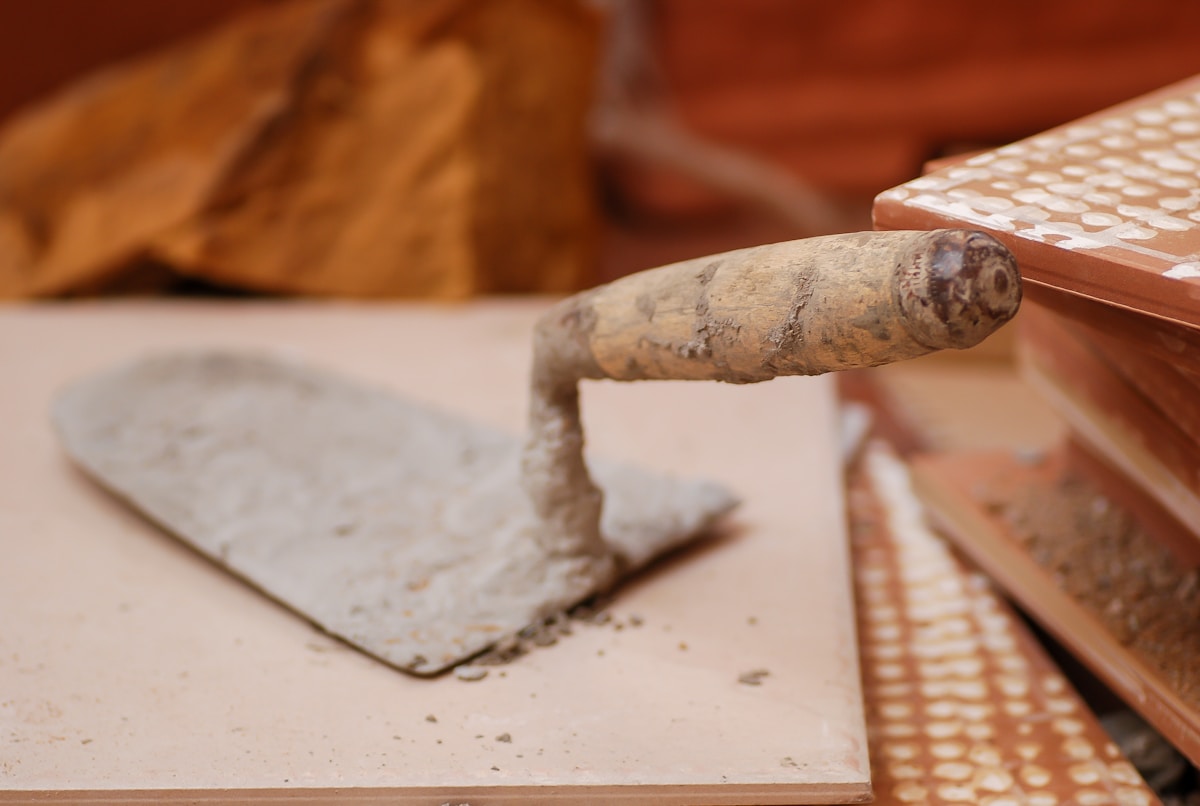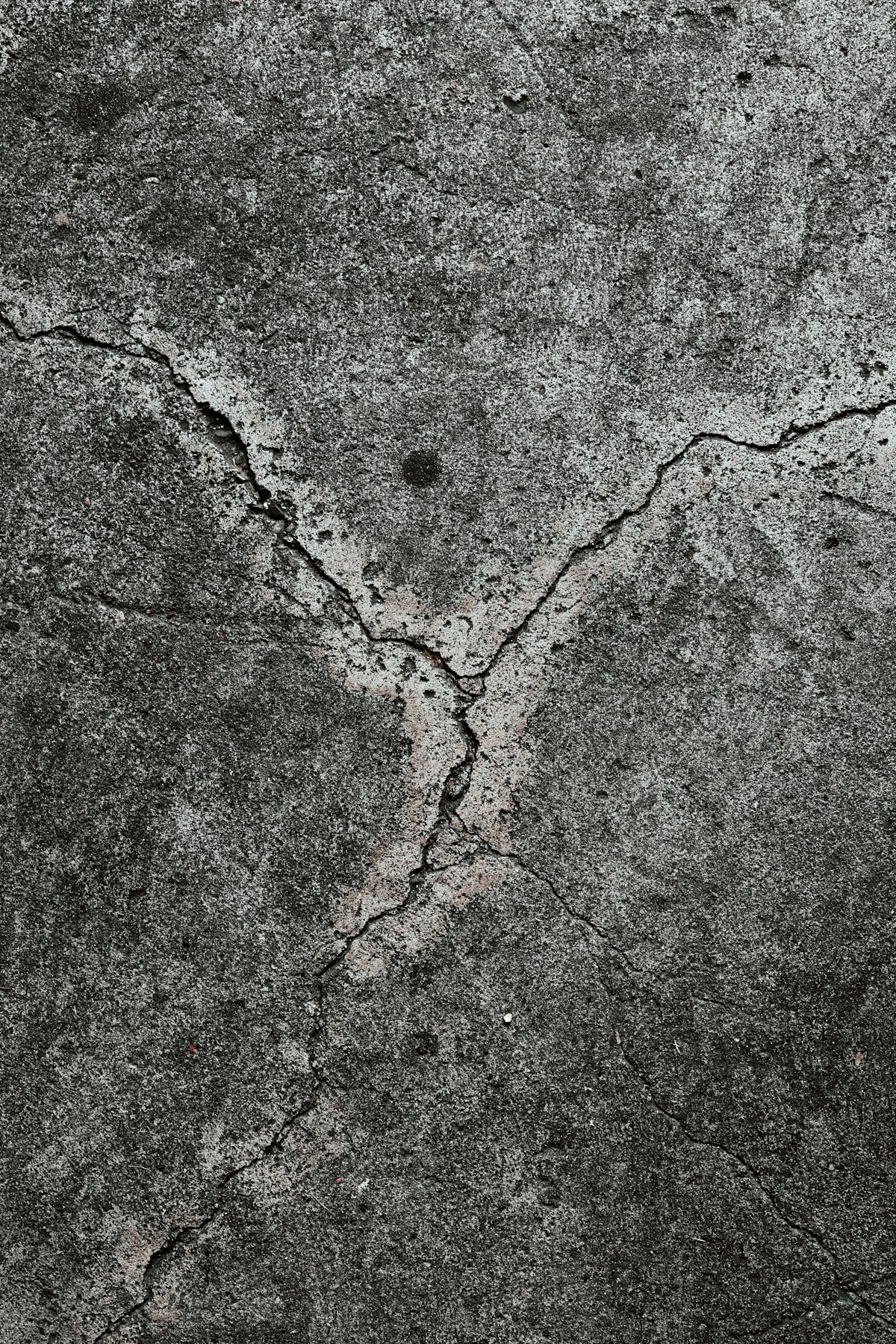Is Concrete Environmentally Friendly?

Moreover, why is concrete bad for the climate & is concrete a Global Menace?
Through a combination of manufacture and usage, concrete is the fifth largest producer of anthropogenic carbon dioxide (ACD), and produces 8% of ACD annually.
ACD production has grown since the 1970's because of the increased efficiency of fossil fuel usage as a result of the energy crises of the 1970's and '80's.

There has been no commensurate technological "fixing" of carbon dioxide output from concrete, because no-one saw the need.
Even after concrete has been laid, it continues to produce carbon dioxide (and heat) because of the curation process.
Although 80% of the projected output would be generated in the first two decades, concrete continues to generate carbon dioxide throughout the entirety of the curation process, which lasts indefinitely. Even after over two centuries, there has been no example found of concrete totally completing the hardening process.

Then there's the fact that concrete is just synthetic limestone and generally less resilient than natural limestone, which means that it will steadily erode when exposed to a persistent application of dilute carbonic acid, or as most of us call it, rainwater. The result will feed the carbon cycle, thereby adding to ACD.
Concrete is to global warming what rum and coke are to type 1 diabetes (and we're not talking Cuba Libre here).
Can I also add that plants are evolving to adapt to the increasing amount of atmospheric carbon monoxide and warming climate?
In Britain, deciduous trees are now typically not shedding their leaves until mid-November/early December, six weeks to two months later than 40 years ago.
Brambles, the fastest growing of British wild shrubs, have now doubled in average length. Some are reaching up to 30 feet long, and are reaching that in the same time it took the plants of the 1970's to reach ten feet, and the trend is continuing, and possibly accelerating.
A bramble can shoot 4 to 6 feet out of a hedge in well under a week now.

The reality is that climate change is far from an immediate threat to all plant species, and probably a boon to many.
In the long run, the longer season for deciduous trees, particularly with the tendency for faster-growing, broadleaved species* to dominate, will mitigate carbon dioxide levels to some extent. Maybe not as much as we'd like, but it's possible we might want to accept the new wildwood, rather than destroy it, with no longer any hope of a replacement.
Yes, I mean sycamores!
Now the EU has done its level best to annihilate another native British species. That, of course, does bring more problems (havoc on the British transport network). At least they're spreading in what is, for them, a natural pattern, as opposed to the absurd manner in which replacement oak trees are being planted.

Back in the early 2000's, New Scientist listed the major contributors amongst human activities to increased carbon levels, with concrete (both manufacture and employment combined) coming fifth. Cement contributes about 8% of the world's carbon dioxide (CO2) emissions, according to a report from the think tank Chatham House.
"It's affordable, you can produce it almost anywhere and it has all the right structural qualities that you want to build with for a durable building or for infrastructure.” Felix Preston, deputy research director at the Energy, Environment and Resources Department at Chatham House told the BBC.
But the downside is an exorbitant carbon footprint. One that according to the National Ready Mixed Concrete Association, each pound of concrete releases 0.93 pounds of carbon dioxide.

Apart from this, almost anyone who has worked with concrete or has been involved in industrial archeology, knows that, at a very minimal level, the curation process just keeps running. Of course, it does so at a relatively minimal level, and deep within the body of concrete, so little heat or Carbon dioxide percolates out.
There's one reason why that rarely matters: concrete structures, even the largest and most prestigious, have relatively short lives. Of course, when they're demolished (usually after half a century, at most), they release more carbon into the atmosphere.
Carbon buildings do certainly erode, primarily due to the effects of rainfall, a process which must release carbon. They also provide a relatively fertile habitat for mosses and lichen, because concrete is simply limestone, but generally speaking, a more soluble and chemically accessible form of limestone.
Written by Hadrian Jeffs